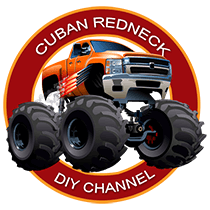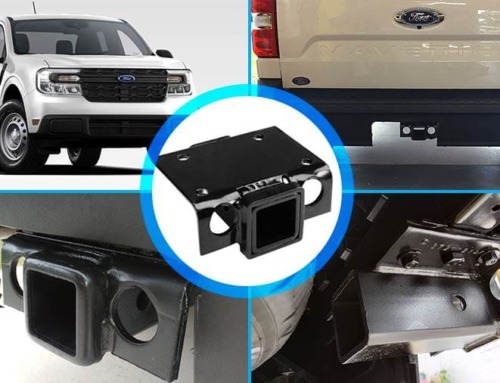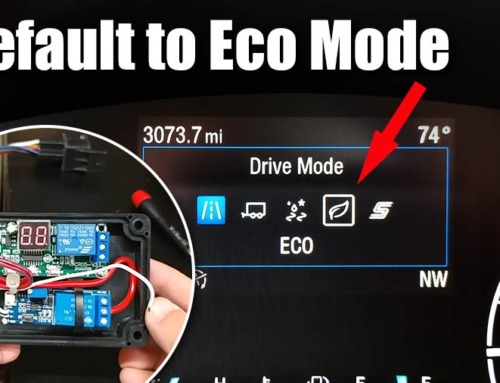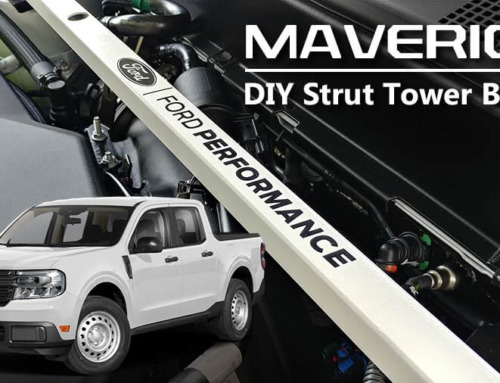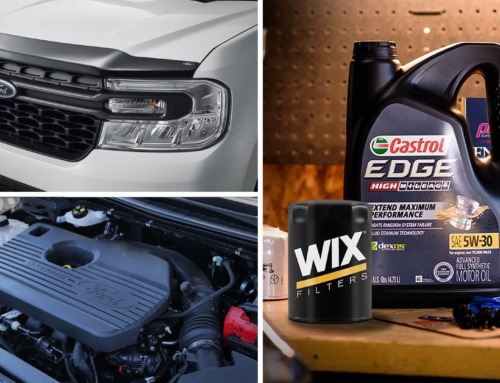Hello, and welcome back to the Cuban Redneck Garage, where today we will be talking about how often you need an oil change! I sincerely hope you are not one of the many who wait until the change oil light turns on in the dash to do an oil change! Or one of the many who subscribe to the grotesque misinformation about oil change intervals ranging from 7500 to 15,000 miles.
If you are one of the many who rely on Google Maps for Near Oil Change, you should reconsider that since the number of oil change scams and shady practices at quick lube places is well documented. And don’t think for one minute that national franchise chains like Jiffy Lube or car dealerships are any better. These overpriced places are in the business of taking your money, not maintaining your vehicle.
A DIY oil change is the best way to ensure your vehicle is maintained correctly. And don’t think for a minute that this is something out of your reach because you are a woman. This is a very simple procedure, and trust me when I say I have seen women do more challenging things. However, getting the proper guidance and information regarding your vehicle can be somewhat of a treasure hunt.
How Often Do You Need Oil Changes?
Before we dive into this subject, I do what to share my point of view in regards to what my cars meant to me. Second, only to my house, my vehicles are the most significant investment I would have made in my lifetime. And I hope that I don’t have to convince you that they don’t make things last like they used to. As I was growing up, it was not rare for folk to brag about their car or truck odometer turning 200,000 or even 300,000 miles. Nowadays, we have car and truck engines failing in as little as 2500 miles, and rare is the case when a vehicle surpasses the 100,00-mile mark without significant engine work. Unless you work for CNN or MSNBC and, given the track record, you can’t tell me that these engines are better than their predecessors. Not only that, but please find me any documentation that the automotive industry as a whole is in the business of making vehicles that last two, three, or four hundred thousand miles.
No, today’s engines are not that much better from a durability point of view, and although motor oil is much better than it s ever been, it is not 400 or 500% better than a decade ago. And today oil change interval for synthetic motor oil is fivefold from the recommended 3000 miles just a decade ago. Nevertheless, when it comes to oil change intervals for synthetic oils, these folk say that 7500 to 15,000 miles is quite alright! As Skip Bayless would say, “Say What?” The ugly truth about how often you need to change your oil has nothing to do with the quality of the motor oil or today’s engines. But instead, an oil service interval mandate was pushed by the Obama EPA back in 2010. This is the same style of lefties shake-down the Biden EPA forced on Dodge, causing the cancellation of its flagship Hemi engine. From day one, the oil industry and DODGE were on their sites.
So, can most engines go 5,000 to 7,500 miles between oil changes today? Well, this has been true since the Ford Model T, “if you meet” a very precise criteria. Here is where the hypocrisy of the mainstream media, the flat earthers, and naysayers comes into play. It has become standard practice for the intellectually challenged to focus on the sound bite and ignore the rest of the message. A perfect example is this decades-old saying.

The reality is that every time you see mention of extended oil service intervals exceeding 5000 miles, you also have somewhat of a fine print that references a “driving conditions,” or sometimes called “severe driving conditions” what does this mean? It means that if any of the following criteria exist, the extended oil service intervals exceeding 5000 miles do not apply.
- Short trips regularly
- Stop and Go traffic or extensive use of the brakes
- driving at low speeds or idling for several minutes at a time
- Driving through dusty, muddy, or sandy conditions
- Driving on or near the beach where salt or corrosive materials are present
- Going up and down hills regularly
- Operating in cold, hot, or humid climates
- Driving in bumper-to-bumper city traffic at temperatures above 90 degrees
- Carrying Heavy Loads
- Towing a Trailer, Cargo Carrier, or Hitch Rack
As you can see, the “driving conditions” or “severe driving conditions” disclosure exist because otherwise, the class action lawsuits would fly. There is nothing severe about these. In fact, something my Ford Maverick does quite often. Fail to acknowledge this condition and instead adopt the recommendations by websites like AAA.Com of oil change intervals of 5,000 to 7,500 miles. They go as far as to recommend that car engines with full-synthetic motor oil go as far as 15,000 miles between services, which is why we are seeing a record number of engine failures before the 50,000 mark.
So, How Often Do You Need Oil Changes? That can only be answered by the particular vehicle’s engine. This one size fits all mentality is an egregious display of ignorance. And to be honest, the hours base approach to engine maintenance is more often than not a better approach. Why? An hour bases approach to engine maintenance is more in line with its needs than the miles base scale. I appreciate that my Ford Maverick has an hour meter in the instrument cluster. This is something I found myself adding to other vehicles I’ve owned.
When it is all set and done if your objective is protecting the investment you have made in your vehicle, you should consider adopting an engine maintenance schedule that is more in line with the type of vehicle you drive, how you drive it, and here you drive. The use of synthetic oil is not a question, but also consider friction additives like ProLong. If you are in a hot area where summer temperatures reach the 90s, consider a coolant additive like Red Line’s Water Wetter or Blue Devil’s Cool Engine. And whenever in doubt about How Often Do You Need Oil Changes, switch to an hour-base engine maintenance regimen. After all, that is the standard for commercial, industrial, and marine engines!
Recommendations For Your Next Oil Change
Last update on 2025-11-26 at 04:50 / Affiliate links / Images from Amazon Product Advertising API
